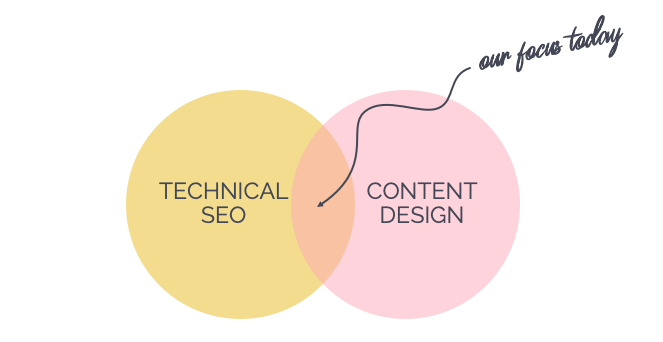We previously wrote about how John Mueller broke the myth about H1 tags and the role they play in ranking one’s website.
But if H1 tags don’t help increase my ranking, why use them? Mainly because a good H1 tags help your readers understand what your page is about and derive value from it.
Remember, SEO is not just about the algorithms, bots and technicalities of the search engine, it now includes the user experience. The user must derive the most value from your content, if they don’t, Google won’t rank you very well either.
So, how do I get users to click through to my website? By creating the perfect H1 tag, and here’s how:
- H1 Tags should Answer User Intent
- Keep in mind User Experience
- H1 Tags should Describe the Topic of your Page
- Keep it Short and Sweet
- H1 Tags must Stand Out
- Use Focused, Long-Tail Keywords in the H1 Tag
1. Answer User Intent
This is possibly the most important point to consider before creating a H1 tag. Ask yourself:
What does the reader want when they open this article?
What’s the question in their mind?
Will this content accurately answer their question?
The goal of your H1 tag should be to either mirror the question in your target audiences’ minds, or directly answer this question in their minds. Understand your audience!
It is important to understand your audience and their search intent before creating content. Once this is known, make sure your H1 mirrors this intent as it instantly showcases the value of your content to them, making them more likely to click through.
2. Keep in mind the User Experience
User interaction is key in new-age SEO.
H1 tags are one of the biggest influencers of how users will interact with your page, and this user interaction plays a key role in ranking your page on the SERPs.
Why? Well, because H1 tags are noticeable. They send a message and directly communicate with the user before they even click the page. It is your first point of interaction with your users and it might be the last if you don’t do it right!

Back in the day, technical SEO was the key focus as that would secure your rank on the search engine. Algorithms may change but one thing that wont, will be your user’s desire to come back and read more of your content, because of their first experience.
3. H1 Tags should Describe the Topic of your Page
When your page appears on the SERP, it is the first point of contact with a potential user. They will only click through if they know what your page is about and if it relates to it.
The H1 tag gives the reader a strong sense of what he can expect from your page at first sight. You should hence, be able to understand their needs well enough to know what questions they have in their mind and the answers they seek.
Use this knowledge and replicate it in your H1 Tag to satisfy the user’s intent and ultimately, bring them onto your page.
4. Keep H1s Short and Sweet
User’s are growing impatience on search engines due to instant gratification. As a marketer, you need to ensure you capture them at first sight of your page on the SERP by not wasting their time with a long H1 tag.
Not only will a long H1 tag be tedious to read for a user but you will also be wasting valuable space. A long H1 tag will dilute the power of the title and reduce its impact on a reader.
Keep it short, snappy and to-the-point.
5. H1 Tags must Stand Out
There is a plethora of content out there on the SERPs, you need to ensure that your page stands out from the noise through your H1 tag.
It needs to be short, yet indicative of the value you are providing to readers. You need to deliver this message in a clear, quirky and informative way.
6. Use Focused, Long-Tail Keywords
This was previously not recommended by SEOs due to the great ‘’Keyword Stuffing’’ incidents that occured on the SERPs. But everything in moderation is good, right? The same with keywords.
Google wants you to use a keyword in your H1 tags so its Google bots and crawlers understand what your page is about! Sure, they can crawl all about the page, but why lose out on the opportunity to give Google all the information it needs right there in your website source code? It’s just easier for everybody really.
You can even use the Myposeo Keyword Suggestion tool to find your focused, long-tail keywords!
If you made it up till here, congratulations! You now know how to create the perfect H1 tag for your page! Learn more about H1 tags and their importance here.

